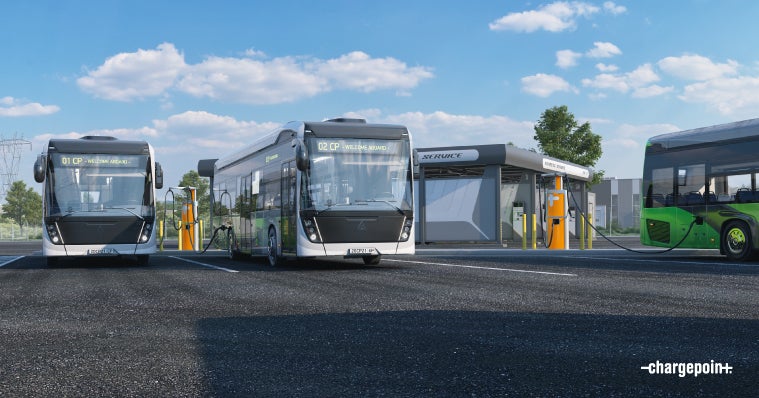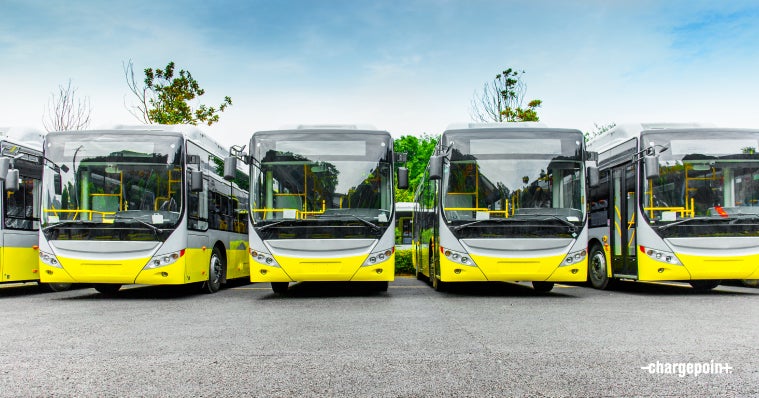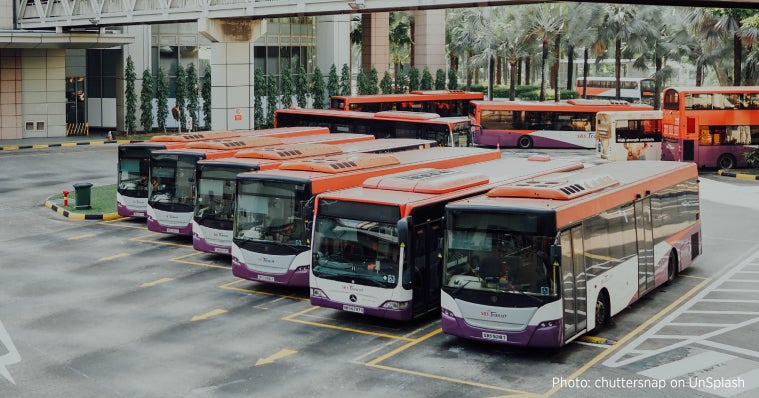
What is VDV 238?
VDV 238 is an upcoming data communication standard for electric buses, an initiative of the Association of Public Transportation (Verband Deutscher Verkehrsunternehmen) in Germany. With a fast-growing electrification trend in the public transport field, they started seeing the challenge in having access to the e-bus data required for monitoring their electric fleets.
The Association of Public Transportation (Verband Deutscher Verkehrsunternehmen, or VDV in short) is a German working group made up of public transport operators. They aim at informing the industry stakeholders (such as vehicle and hardware manufacturers, utility companies and telematics suppliers) of their current state of affairs, needs and wishes. Industry stakeholders are invited to discussions, but the main decisions are taken within the working group. Part of their activity is coming up with industry standards that help their activity as public transport operators.
ViriCiti (Now part of ChargePoint) is part of the industry working committee busy with the new VDV 238 standard. This gives us the opportunity to inform you about the exciting new standard coming up —and what it means for you.
Why you should be excited about VDV 238
Nowadays, every tender for e-buses requires a monitoring system, but with very different data demands. The data ranges from cell voltages and temperatures to engine speed, but there is no alignment across the industry on such requirements. The existing FMS bus standard defines a basic dataset for buses, but the current version is not designed for electric vehicles.
This leads to a couple of challenges. On the one hand, the vehicle manufacturers (OEMs) prefer to have their own native telematics software pre-installed in their electric buses and not share any raw CAN data with their customers, the fleet operators.
On the other hand, operators often want to get data directly from the CAN bus, or alternatively, to receive a specific data set aligned with their own needs.
If these terms are not agreed upon in the purchasing contract, this typically leads to a long negotiation process for accessing this data.
Here’s where the VDV 238 comes in. This new standard, which is in the works as we speak, aims to standardize which data should be available for operators to monitor the electric buses, without the need of any other special agreement.
In practice, this means that as a bus operator, you will be able to simply add the VDV238 as a requirement in your tender. With this, your telematics software will have access to the data points defined by the VDV238.

What does this mean for your vehicle telematics software?
A common desire of operators is that they want to be responsible for-and in charge of, their data. Customarily, OEMs provide vehicles equipped with a proprietary telematics solution by default, and the vehicle data can only be accessed via the manufacturer’s online dashboard.
The issue is public transport operators rarely have vehicles from only one manufacturer. This means they need to get access to data from several telematics systems and clouds, and have little to no control over that.
The VDV 238 allows for more interoperability as it requires that data is accessible directly via the CAN bus of the vehicle. It also enables vehicle manufacturers to standardize and therefore share data more easily.
This means that as an operator of an electric fleet with vehicles from different manufacturers, you can simply choose one telematics software for the whole fleet. Installing it across all your vehicles will then get you the same data points from all your e-buses. This way, you get an accurate overview and comparison of your different vehicles, irrespective of the OEM. This is the biggest advantage of the VDV 238 for public transport operators.
How will the operators be impacted by VDV 238?
There are many ways in which operators will benefit from the introduction of VDV 238. To keep it simple, public transport operators will get more:
Transparency: Operators will receive the information they request from the vehicle manufacturers. Discussions with OEMs around tenders will be simplified. At the same time, it will be much clearer what data they get from telematics suppliers across the board.
Certainty: If operators order electric buses that must align with VDV 238, then they know exactly what data they get. More importantly, taking one step back, they know exactly what data to ask for in the tender process.
Flexibility: Operators will have the flexibility to choose their own telematics solution that can be connected to their buses, without being tied to OEM telematics software. This allows for data interoperability and provides new freedom to operators, and can help increase the acceptance of telematics software for electric buses.
At the same time, it’s important to mention that some operators are further in their e-mobility journey, while others are just starting experimenting with electric vehicles. With the VDV 238, the latter can avoid beginner’s mistakes as they are able to build on the expertise of operators who are deeper in the electrification process. There will be significantly less confusion about what data is needed for an efficient electric fleet monitoring.

What are the advantages of VDV 238 for the wider public transport industry?
First, as VDV is a German organization, their standards are mainly used in the DACHregion, but we also see them often implemented in Scandinavia and Benelux.
Which data can be available at CAN bus level or not, how the data is supplied to the telematics provider, who owns the data —the VDV 238 will give a lot of clarity for all stakeholders in the public transport field across Europe.
With the VDV 238 standardizing the data that needs to be available to the operators, tender processes will suffer from much less confusion.
The new standard will also help the industry going further, as it means the same telematics implementation strategy can be applied to vehicles from different OEMs, without the need for too much tailoring. This allows for faster implementation processes and electric buses which are ready for rollout much quicker.
As mentioned earlier, operators will have much more flexibility in using the telematics software of their choice, as they will all need to provide access to the same data. The data analytics capabilities vary between different monitoring solutions, therefore an operator will have the full ability to choose the monitoring system that works best for them.
Summary
What does the upcoming VDV 238 mean for you as an operator? This exciting initiative of the German Association of Public Transport (VDV) aims to standardize which data should be available for operators to monitor their electric buses, without the need for any other special agreement. As part of the industry working group busy with VDV 238, we are able to shed light on the benefits you as an electric fleet operator will get once the standard is implemented. From data ownership and flexibility in choosing your telematics software, to simplified tender processes and transparency, we discuss all the advantages of VDV 238 in this article.
Do you want to speak with one of our account managers about what VDV 238 means for you? Don’t hesitate and reach out to us!

